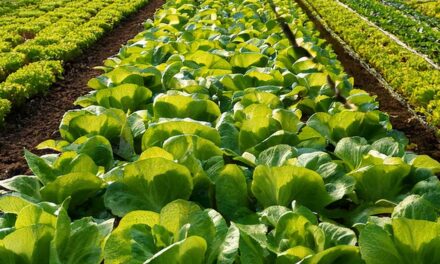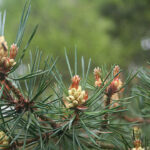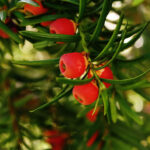
Book Review: Compost by Charles Dowding

Introduction
Until recently, my composting approach was as basic as it gets. Like many gardeners, I’d simply throw any plant material onto the heap and cross my fingers that, six months to a year later, I’d be rewarded with rich, crumbly compost. Little did I know that there’s much more to creating nutrient-dense compost than blind optimism. After reading Compost by Charles Dowding, I’ve completely transformed my composting methods and now have a deeper insight into the science underlying the process. This book has helped me unlock the secrets of composting, and I’m excited to share some of the most valuable insights it has to offer.
How Plants Obtain Nutrients and the Rhizophagy Cycle
One of the key takeaways from this book was its clear explanation of how plants harvest nutrients from the soil, particularly through the rhizophagy cycle. This process involves plants releasing energy-rich exudates from their root tips, which attract microbes in the soil. The microbes feed on these exudates, and in turn, the plant absorbs them into its roots. Inside the roots, the outer cell walls of these microbes are broken down, providing vital nutrients to the plant. The surviving microbes are then released back into the soil, ready to repeat the process. This cycle is a fantastic example of nature’s efficiency, and understanding it has given me a deeper appreciation of how good compost supercharges this relationship between plants and soil life.
The Five Main Stages of Composting
The book does a fantastic job of breaking down the composting process into five distinct stages. While composting might seem like one long decomposition process, it’s actually a series of well-defined steps:
- Stage 1: The Mesophilic Phase (warming up) – where microorganisms start the process and generate heat.
- Stage 2: The Thermophilic Phase (high heat) – rapid breakdown occurs, and temperatures can soar, killing off pathogens.
- Stage 3: Cooling Phase – as the temperature drops, fungi take the lead. This fungal phase becomes the main driver of decomposition, breaking down more complex materials like lignin and cellulose that bacteria struggle with.
- Stage 4: Reheating After Turning – once the compost is turned, oxygen reintroduces aerobic activity, causing a rise in temperature as microbes become active again, breaking down any remaining organic matter.
- Stage 5: Maturing Phase – the final phase, where invertebrates such as worms and woodlice move in, continuing the decomposition process. This phase signals that the compost is nearly ready for use, and the material is becoming stable and nutrient-rich.
The book even provides a helpful graphic that clearly illustrates each stage, making it easier to understand the progression and to know what to expect as your compost transforms. I found it incredibly useful in planning when to turn the heap and monitor the temperature.
Why You Shouldn’t Worry About Weed Seeds in Compost
I’ve always been concerned about accidentally adding plant material with weed seeds to the compost heap, only to find my garden overrun by unwanted plants after spreading the finished compost. However, the book explains that any temperature above 50-55°C is sufficient to kill most weed seeds. So, as long as your compost heap heats up sufficiently at some point during the process, you shouldn’t have to worry about spreading invasive seeds. The book also offers tips on how to ensure your heap gets hot enough, including regularly turning it.
Recognising When to Stop Adding Fresh Material
Another key lesson from the book was understanding the right time to stop adding new material to the compost heap. I used to keep piling on fresh garden clippings, even when the composting process was already well underway. The book emphasises that the main reason to stop adding new material is to ensure a more homogenous compost, especially after turning. Continuously adding new material can create pockets of incompletely decomposed material, delaying the composting process and affecting the quality of the end product.
Conclusion
This book has provided a real insight for me and my composting methods. It’s made me realise that while composting is a natural process, understanding the science behind it can dramatically improve the quality of the end product. Whether you’re a seasoned gardener or someone who’s just started a compost heap, the information and techniques in this book will help you produce better compost, faster, and with less guesswork. If your composting style has been a bit “throw it all in and hope for the best” like mine was, I highly recommend giving this book a read!











